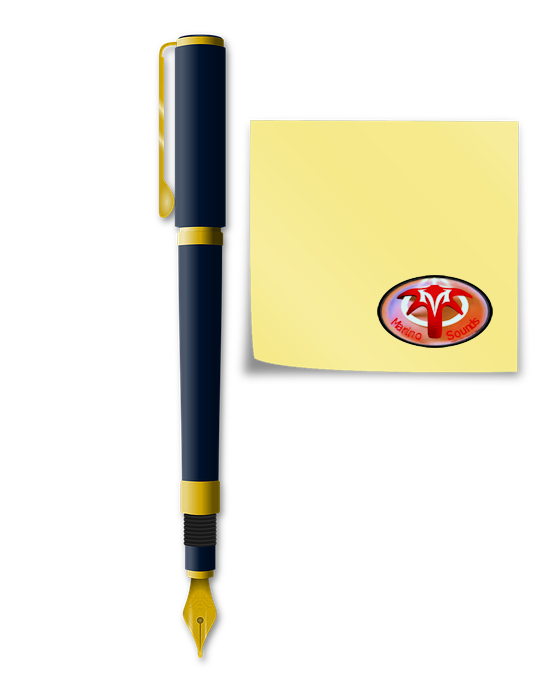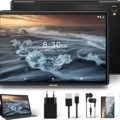The 2600, originally known as the Atari VCS, was launched in October 1977 and was officially discontinued by Atari in January 1992, making it the longest-lasting video game system in industry history. With over 30 million units sold, it is also the most commercially successful.
Compared to today’s products, Atari 2600 games have surprisingly primitive graphics. However, the actual gameplay of most titles on the system has a timeless quality that cannot be denied. Some of the more enjoyable releases include Space Invaders and Phoenix (shooters), Jr. Pac-Man and Jawbreaker (maze games), Kaboom! and Dig Dug (action games), and Super Breakout and Warlords (ball-and-paddle games). Those looking for more complex titles should explore games like Adventure (a spiritual precursor to The Legend of Zelda), Pitfall! (a precursor to Super Mario Bros.), and Space Shuttle: A Journey into Space (an innovative flight simulator). Hundreds of games were released for the 2600, so players of all preferences should be able to find something they enjoy.
In 1979, Mattel Electronics introduced the Intellivision, sparking the first true console war. Marketed as a more sophisticated and powerful alternative to the aging Atari 2600, the Intellivision offered games with superior visual detail and more realistic features. The system’s popular groundbreaking sports titles (including Major League Baseball and NFL Football) have aged as well as some of the 2600’s more action-oriented games, but sports enthusiasts can certainly consider the Intellivision as the go-to system for sports during the Golden Age. Fun non-sports games for the system include Beauty & the Beast (similar to Donkey Kong), BurgerTime (an excellent port of the arcade classic), Diner (the sequel to BurgerTime), Demon Attack (a game that Phoenix fans may enjoy), and Thin Ice (a cute take on the Qix formula).
In 1982, two next-generation systems were launched, the ColecoVision and the Atari 5200, both of which surpassed previous consoles in terms of audio/visual power. Bolstered by impressive ports of arcade classics such as Donkey Kong, Donkey Kong Jr., Mouse Trap, Lady Bug, and Zaxxon, the ColecoVision was the first system to give gamers the authentic arcade experience in the comfort of their own homes. Released just a few months after the ColecoVision, the 5200 was also successful in terms of arcade quality, offering exceptional ports of Defender, Moon Patrol, Pac-Man, Ms. Pac-Man, Robotron: 2084, and many others. Unfortunately, both systems fell victim to The Great Video Game Crash of 1984, which brought the industry to a virtual standstill for various reasons (until 1985 when Nintendo introduced the NES to widespread acclaim).
In addition to the mentioned “fab 4” (Atari 2600, Intellivision, ColecoVision, and Atari 5200), there were several other systems introduced in the late ’70s and early ’80s, including the lesser-known APF MP1000, the interesting Arcadia 2001, the underrated Astrocade, the Odyssey2 (which had its own keyboard), the Vectrex (which had its own monitor), and the Microvision, which was the first programmable handheld system.
Manuel Marino is a seasoned Senior Producer, Music Composer, and Artist with over a decade of experience. He specializes in branded entertainment across various mediums, including video games, films, and advertising campaigns. With 20+ years as a game music composer, Manuel has worked on numerous platforms, creating diverse orchestral soundtracks. HIRE ME


 Manuel is a passionate, driven, and techsavvy AV technician,
Manuel is a passionate, driven, and techsavvy AV technician, 




